This website uses cookies to ensure you get the best experience on our website.
- Table of Contents
Facts about Inhibitor of nuclear factor kappa-B kinase subunit epsilon.

This action allows subsequent homodimerization and nuclear translocation of the IRF3 resulting in transcriptional activation of pro-inflammatory and antiviral genes such as IFNB. In order to establish such an antiviral state, IKBKE forms a number of diverse complexes whose composition depends on the type of cell and cellular stimuli.
| Human | |
|---|---|
| Gene Name: | IKBKE |
| Uniprot: | Q14164 |
| Entrez: | 9641 |

| Belongs to: |
|---|
| protein kinase superfamily |

EC 2.7.11; EC 2.7.11.10; I-kappa-B kinase epsilon; IKBKE; IKK epsilon; IKK-E; IKKEMGC125297; IKK-epsilon; IKKI; IKK-I; IKK-iMGC125295; Inducible I kappa-B kinase; inducible IkappaB kinase; inhibitor of kappa light polypeptide gene enhancer in B-cells, kinase epsilon; inhibitor of nuclear factor kappa-B kinase subunit epsilon; KIAA0151IKK-related kinase epsilon; MGC125294
Mass (kDA):
80.462 kDA

| Human | |
|---|---|
| Location: | 1q32.1 |
| Sequence: | 1; NC_000001.11 (206470243..206496890) |
Highly expressed in spleen followed by thymus, peripheral blood leukocytes, pancreas, placenta. Weakly expressed in lung, kidney, prostate, ovary and colon.
Cytoplasm. Nucleus. Nucleus, PML body. Targeting to PML nuclear bodies upon DNA damage is TOPORS-dependent (PubMed:20188669). Located diffusely throughout the cytoplasm but locates to punctate cytoplasmic bodies when coexpressed with TRIM6 (PubMed:24882218).






PMID: 10421793 by Shimada T., et al. IKK-i, a novel lipopolysaccharide-inducible kinase that is related to IkappaB kinases.
PMID: 10882136 by Peters R.T., et al. IKK epsilon is part of a novel PMA-inducible IkappaB kinase complex.